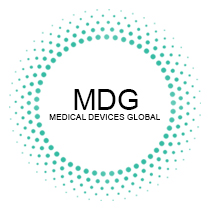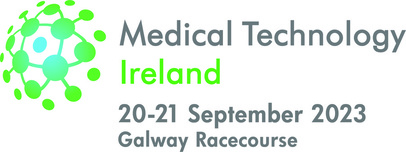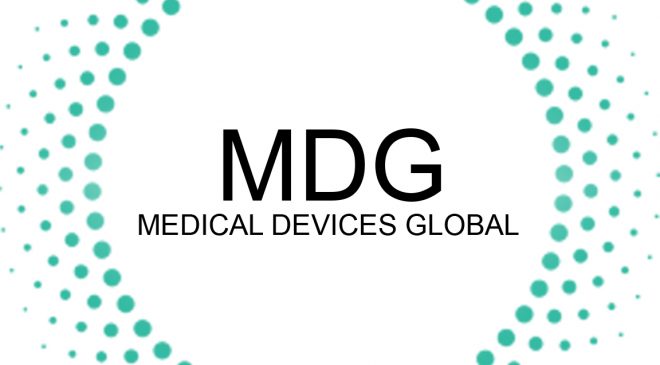As we enter into 2023, the medical device regulatory landscape continues to evolve, with new regulations and guidance being introduced in many regions of the world. The primary focus of these changes is to ensure the safety and efficacy of medical devices, and to promote innovation in the industry. In this article, we will explore some of the key regulatory changes that are set to shape the medical device industry in 2023.
Europe: MDR and IVDR
The Medical Device Regulation (MDR) and In Vitro Diagnostic Medical Devices Regulation (IVDR) were introduced in May 2017, with a transitional period of three years for medical devices and five years for in vitro diagnostic medical devices. These regulations are set to replace the previous Medical Device Directive (MDD) and In Vitro Diagnostic Medical Devices Directive (IVDD), and aim to strengthen the regulatory framework for medical devices in Europe.
One of the key changes introduced by the MDR and IVDR is the requirement for all medical devices to be classified according to the level of risk they pose to patients. This classification will determine the level of scrutiny and testing required before a device can be placed on the market. The new regulations also require manufacturers to provide more detailed information about their devices, including clinical data and post-market surveillance data.
The MDR and IVDR have been subject to delays and challenges, with some manufacturers struggling to meet the new requirements. However, the European Commission has confirmed that the regulations will come into effect in May 2023, with no further delays expected.
United States: MDUFA VI and FDA guidance
In the United States, the Medical Device User Fee Amendments (MDUFA) are reauthorized every five years, with the aim of providing funding for the FDA’s medical device review process. The most recent reauthorization, MDUFA VI, was signed into law in August 2017 and will be in effect until September 2022.
The FDA has also released several new guidance documents in 2023, covering topics such as software as a medical device, artificial intelligence, and cybersecurity. These guidance documents are intended to provide clarity and consistency for manufacturers in the development and regulatory approval process of medical devices.
Asia-Pacific: New regulations and guidance
Several countries in the Asia-Pacific region are also introducing new regulations and guidance for medical devices in 2023. In China, the National Medical Products Administration (NMPA) has introduced new guidelines for clinical trials of medical devices, which aim to standardize the process and improve the quality of data collected.
In Japan, the Pharmaceutical and Medical Devices Agency (PMDA) has introduced new guidelines for the development and evaluation of medical devices using artificial intelligence and machine learning. These guidelines aim to ensure that devices using these technologies are safe, effective, and reliable.
Conclusion
The medical device regulatory landscape is constantly evolving, with new regulations and guidance being introduced to ensure the safety and efficacy of medical devices, while also promoting innovation in the industry. In 2023, we can expect to see continued focus on the implementation of the MDR and IVDR in Europe, as well as new guidance from the FDA in the United States and regulatory changes in the Asia-Pacific region. Manufacturers should stay up-to-date with these changes and ensure that they are in compliance with all relevant regulations and guidelines.



